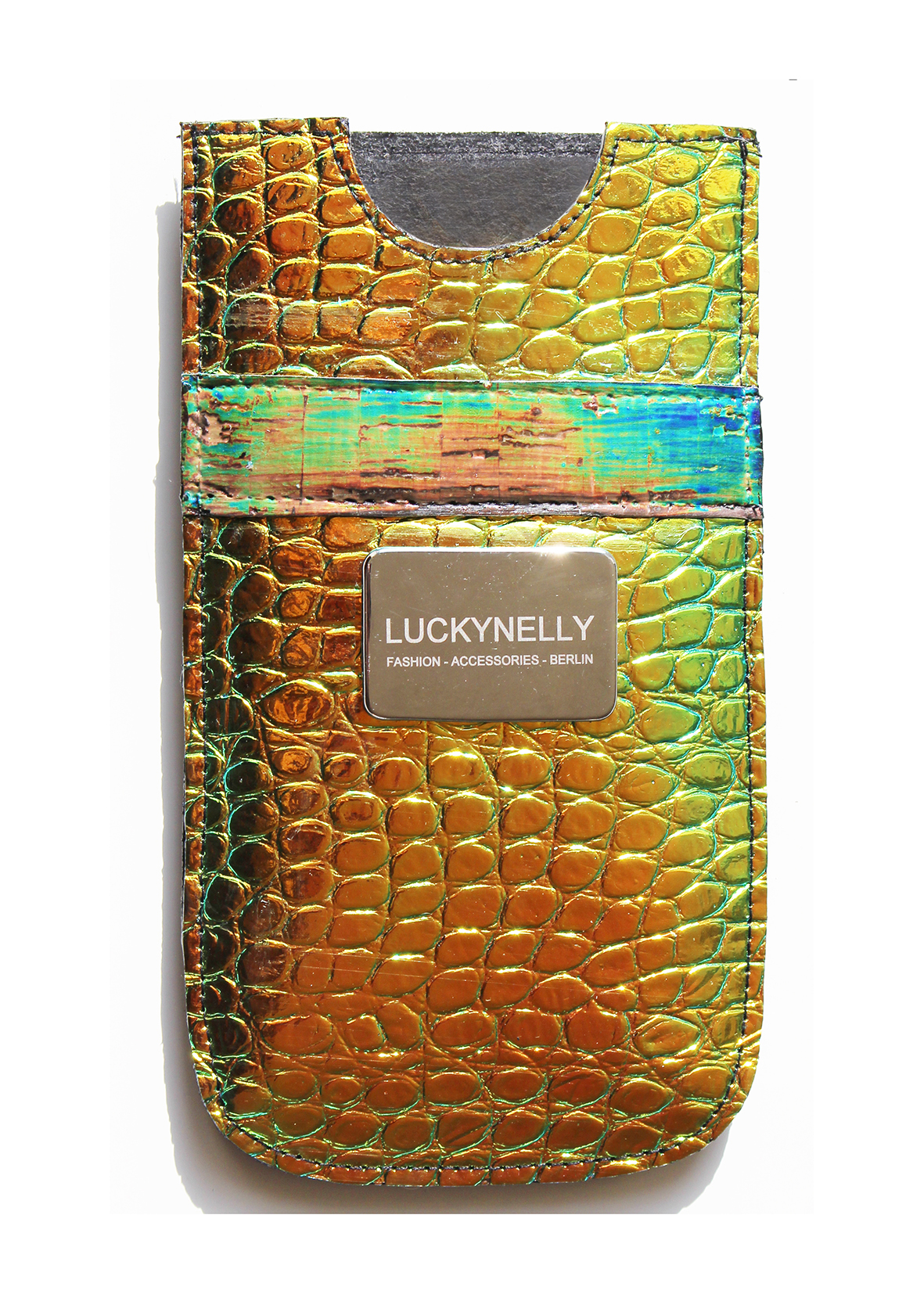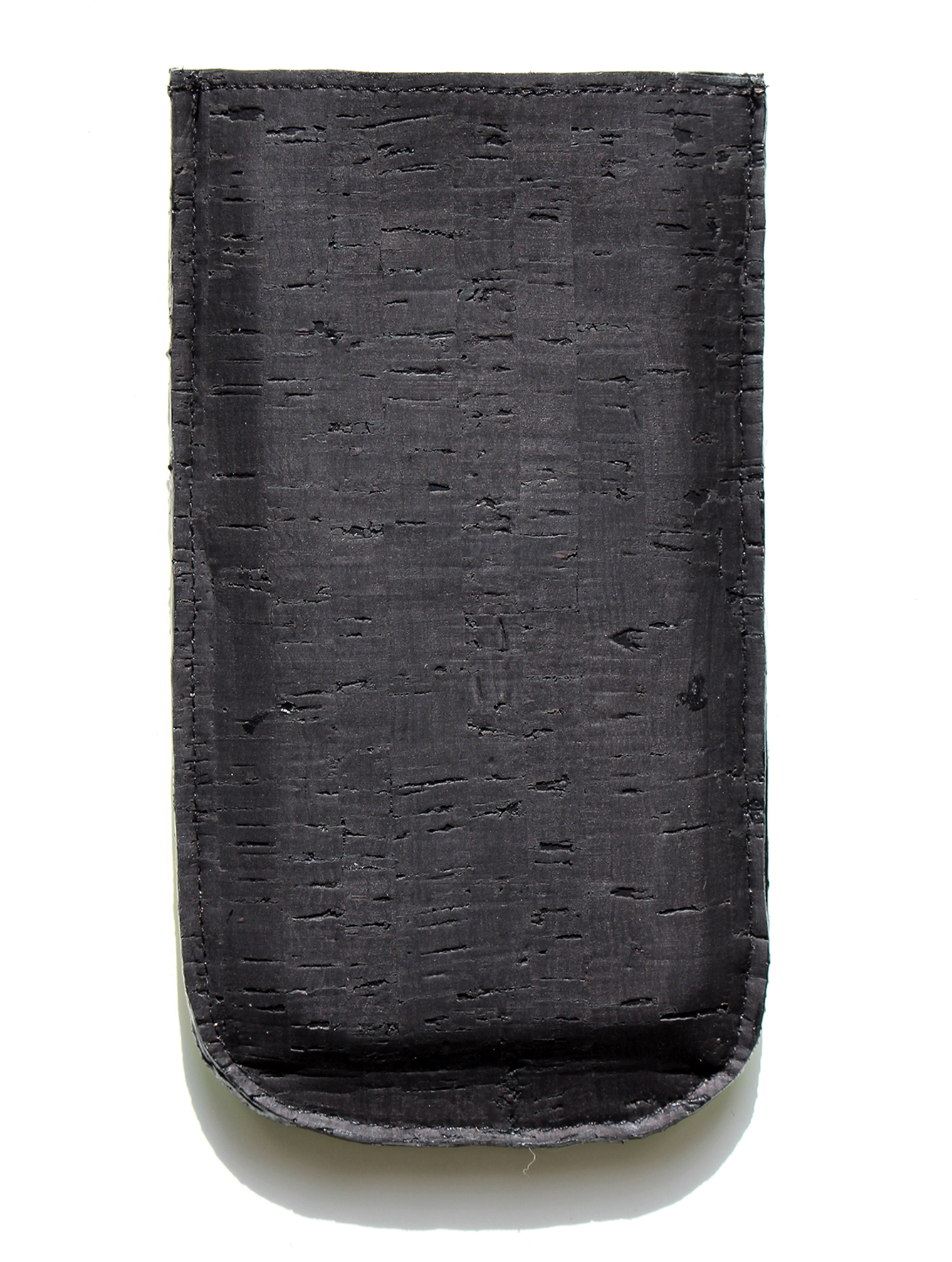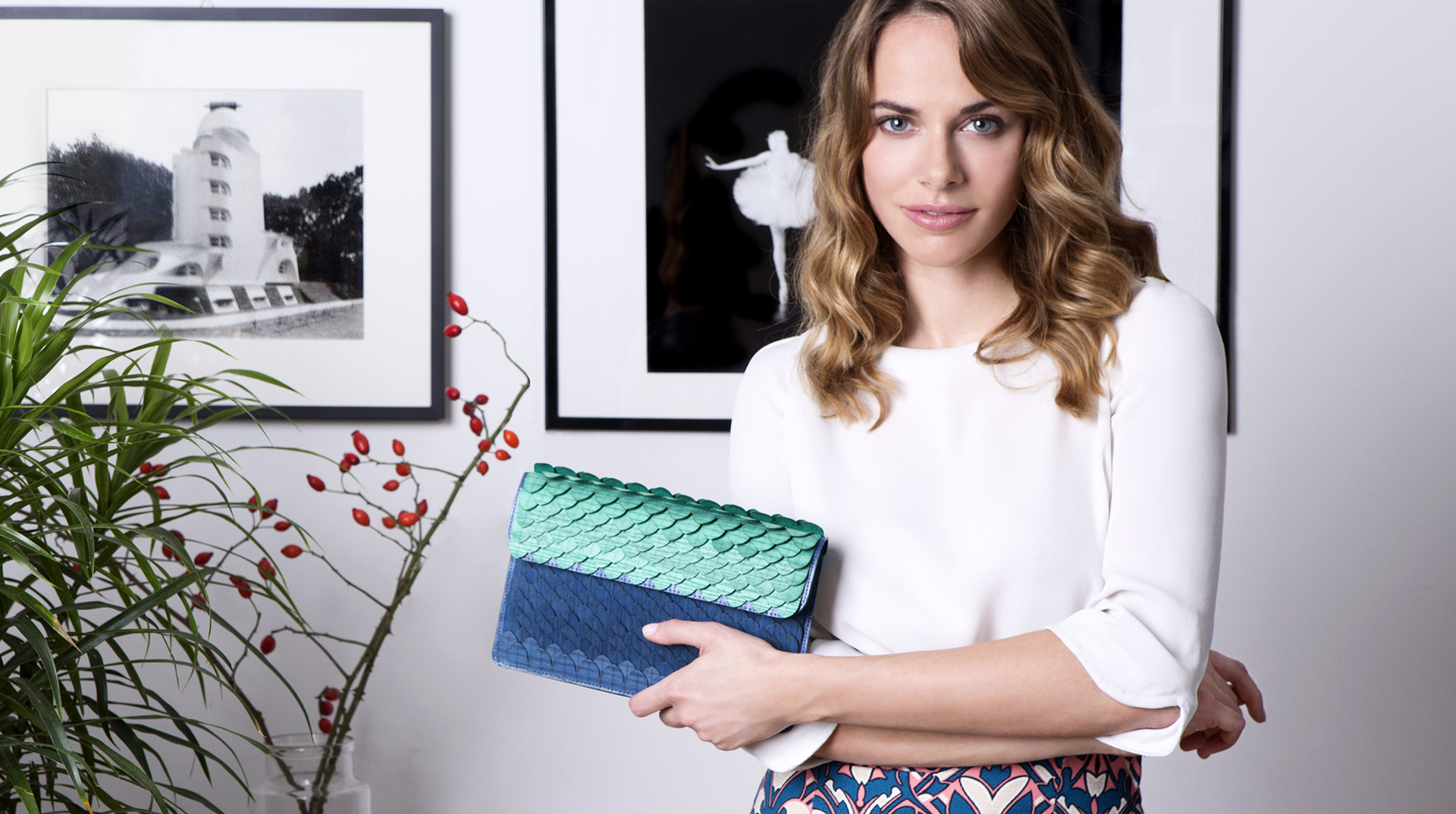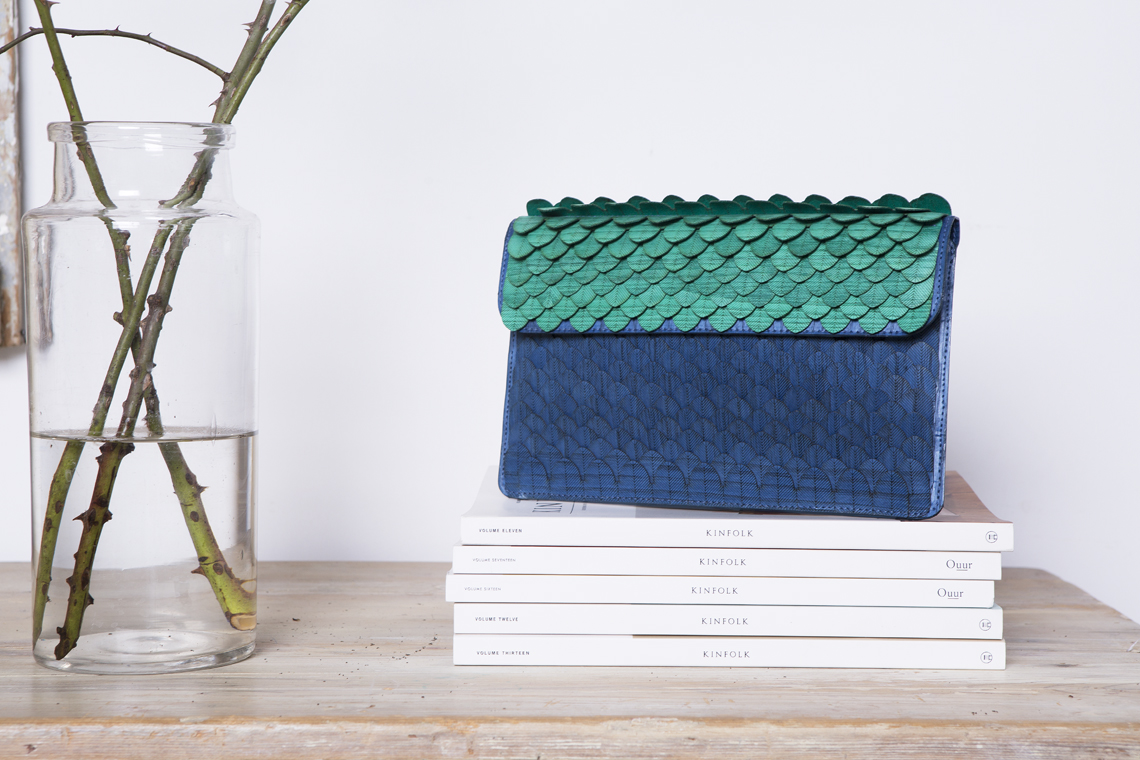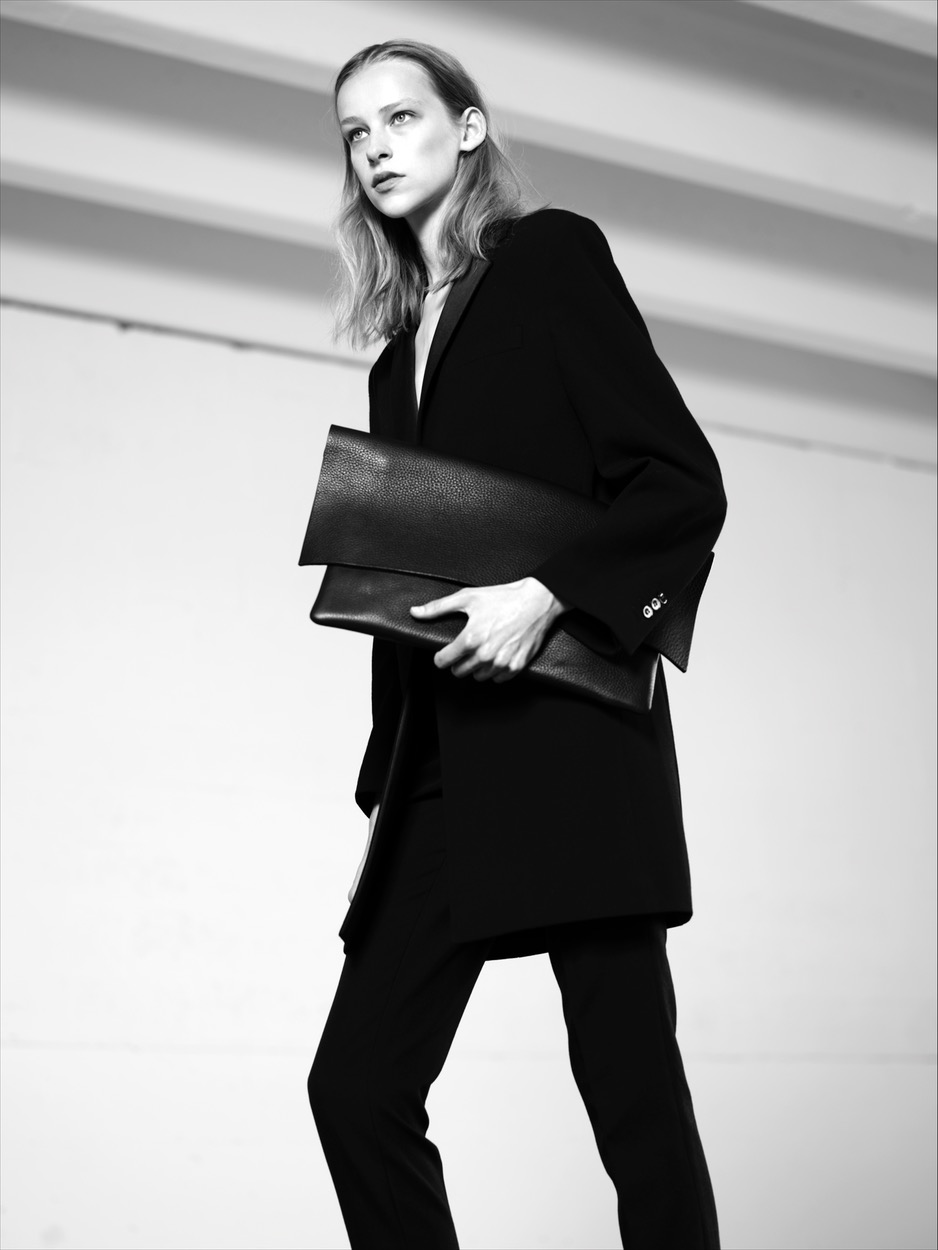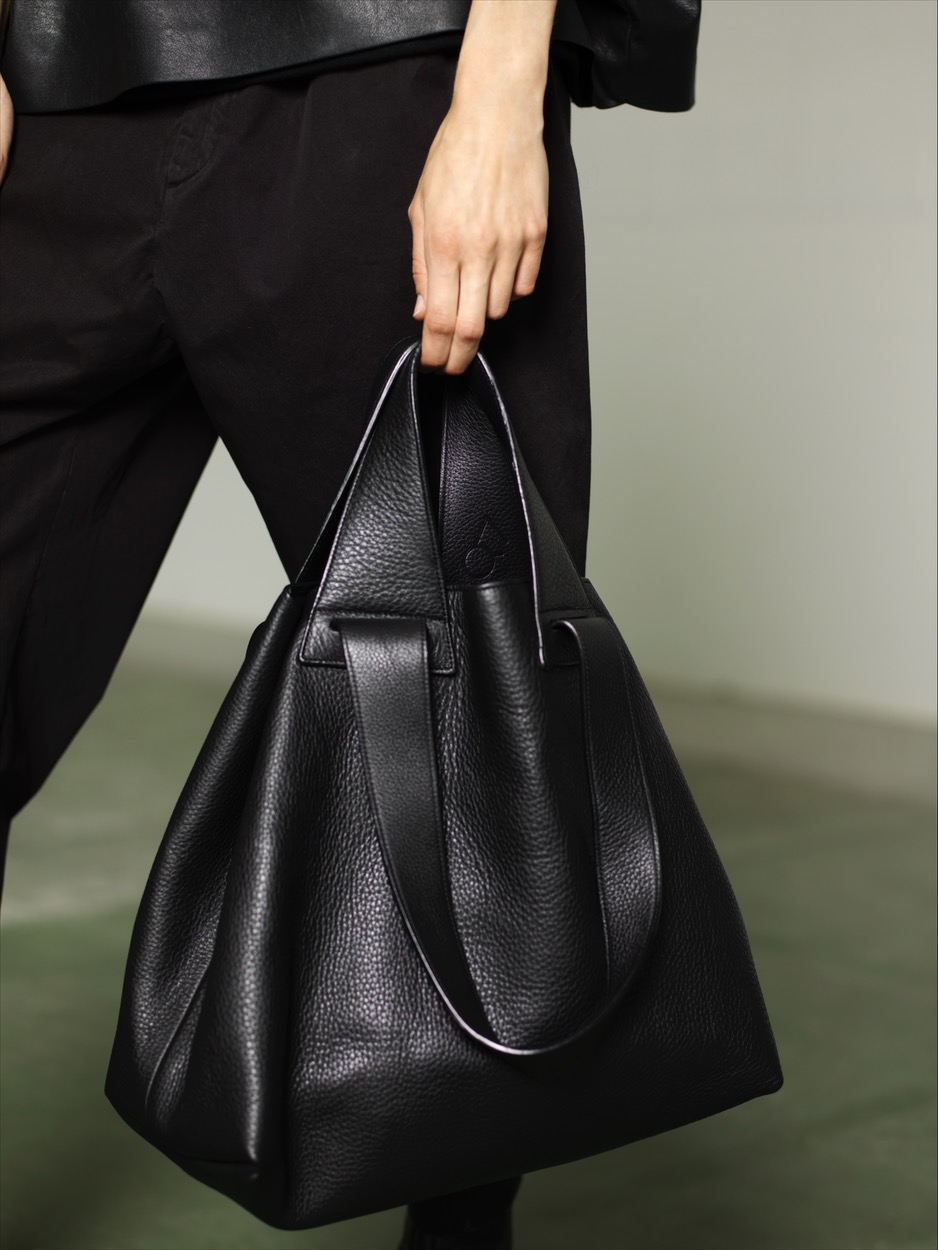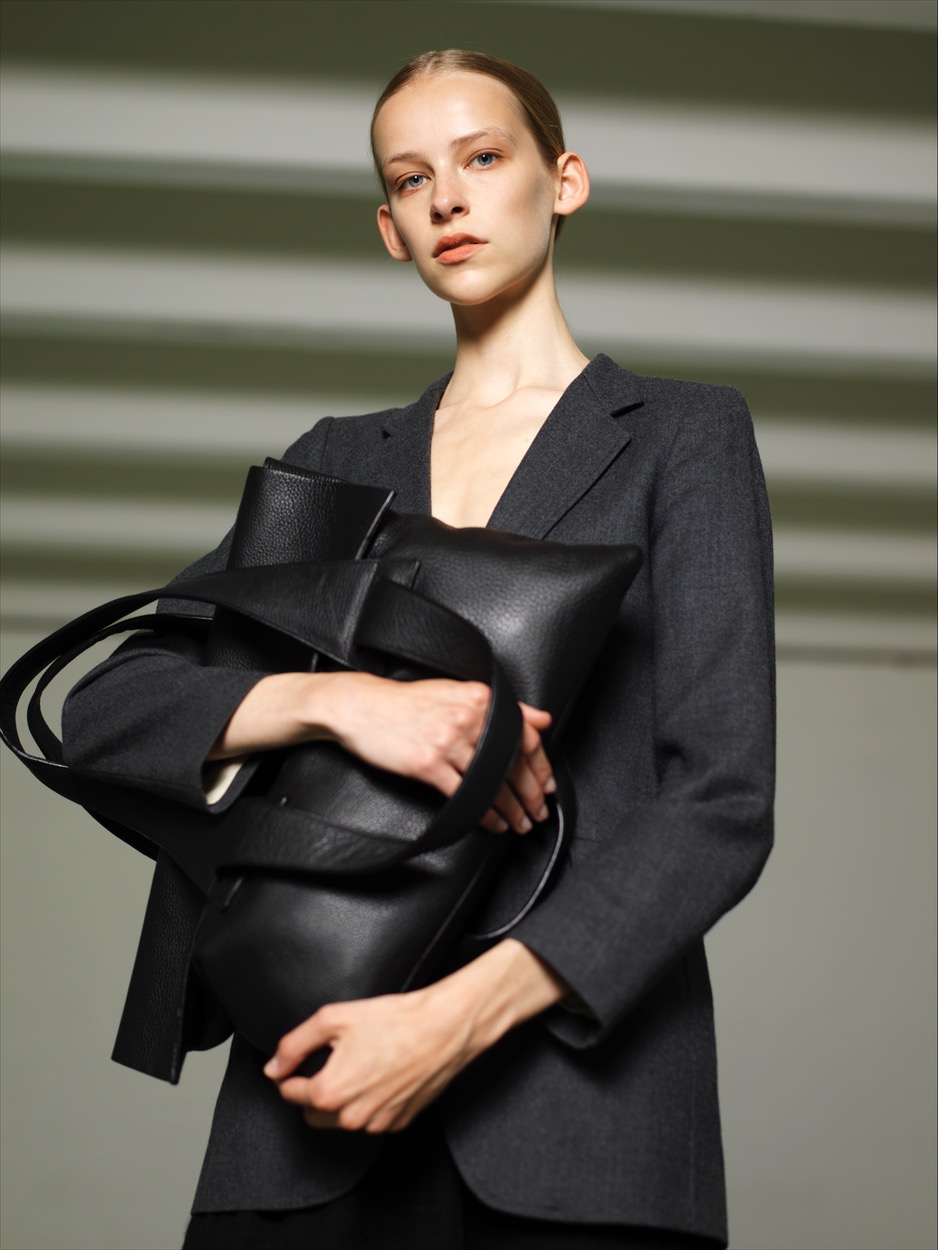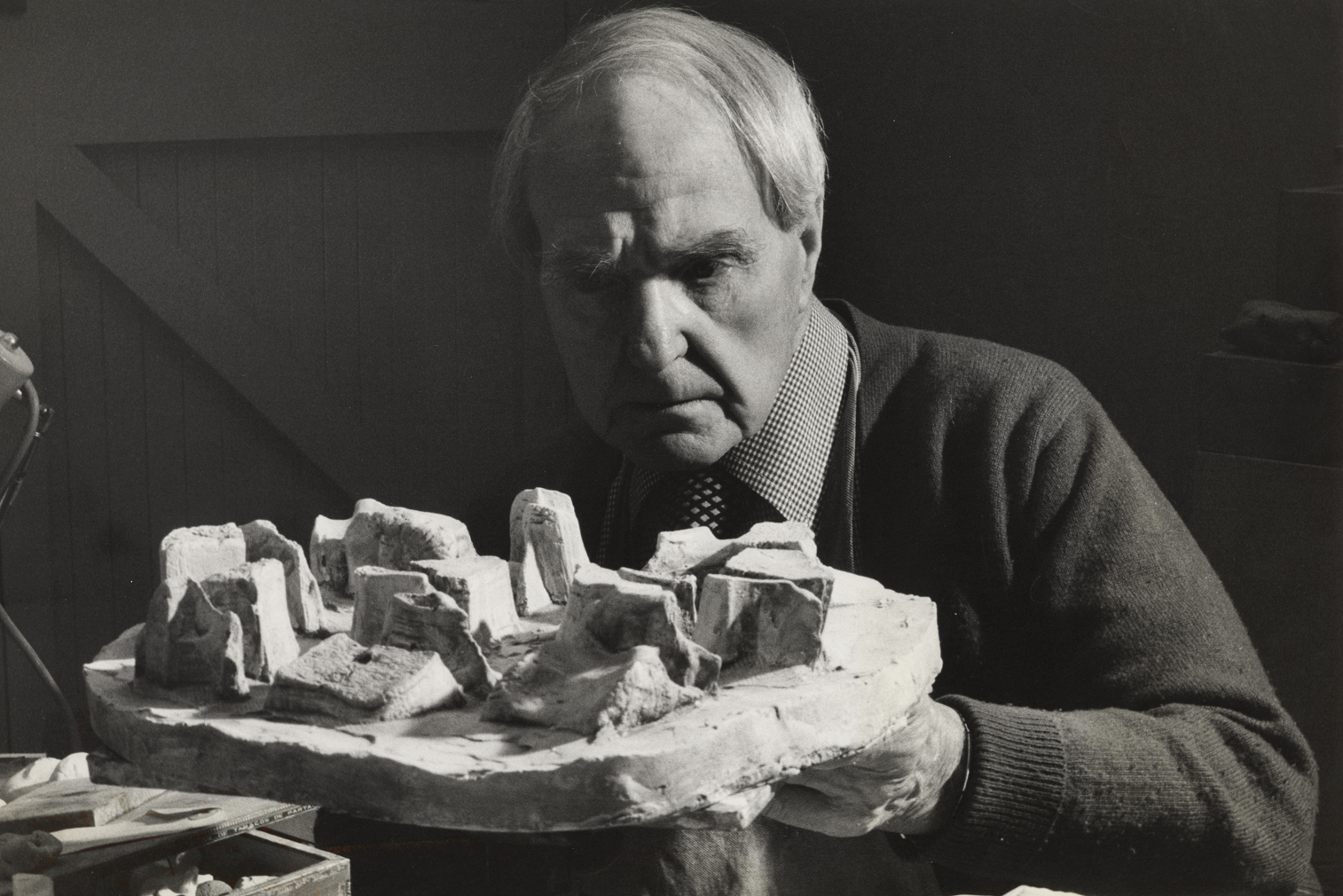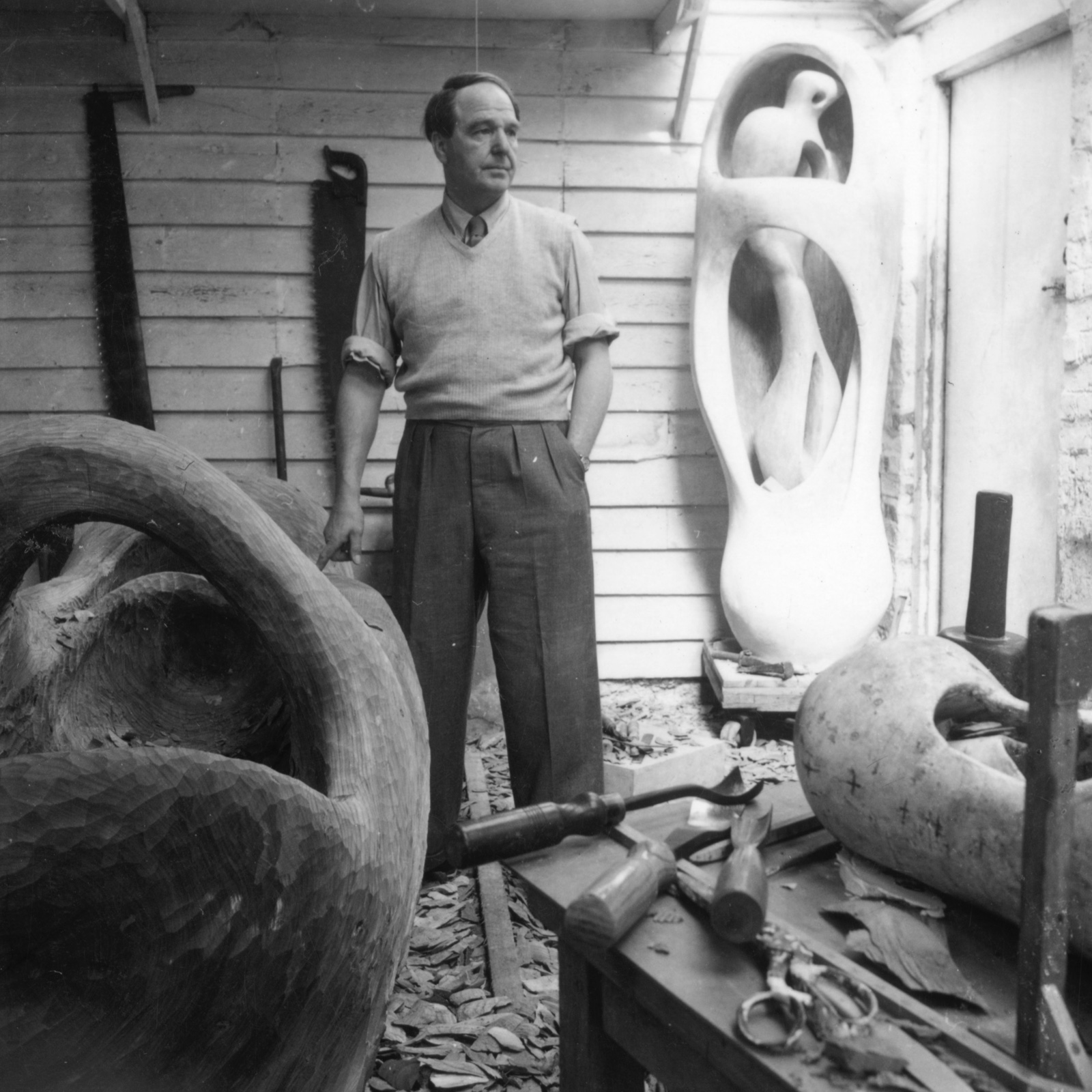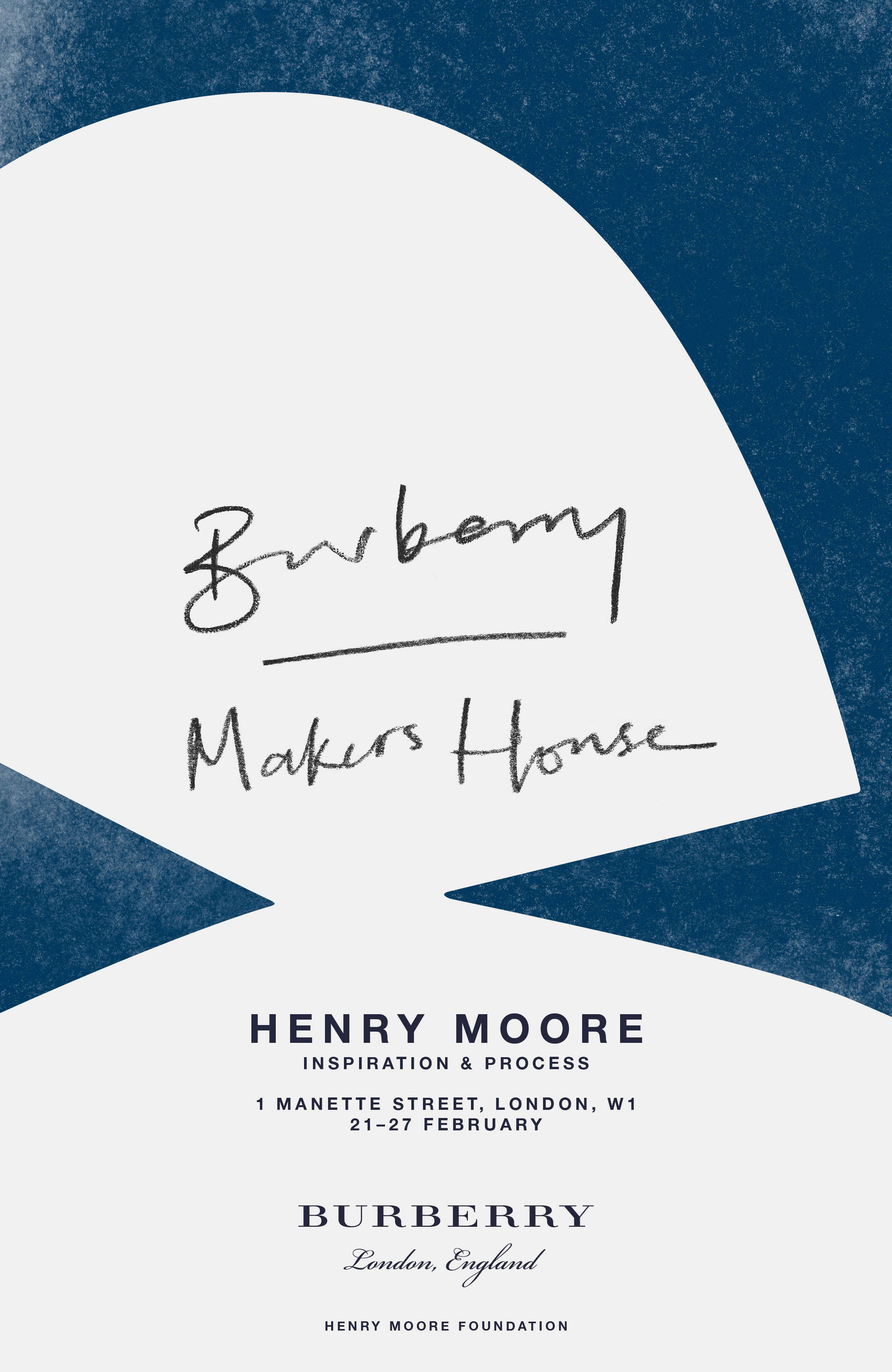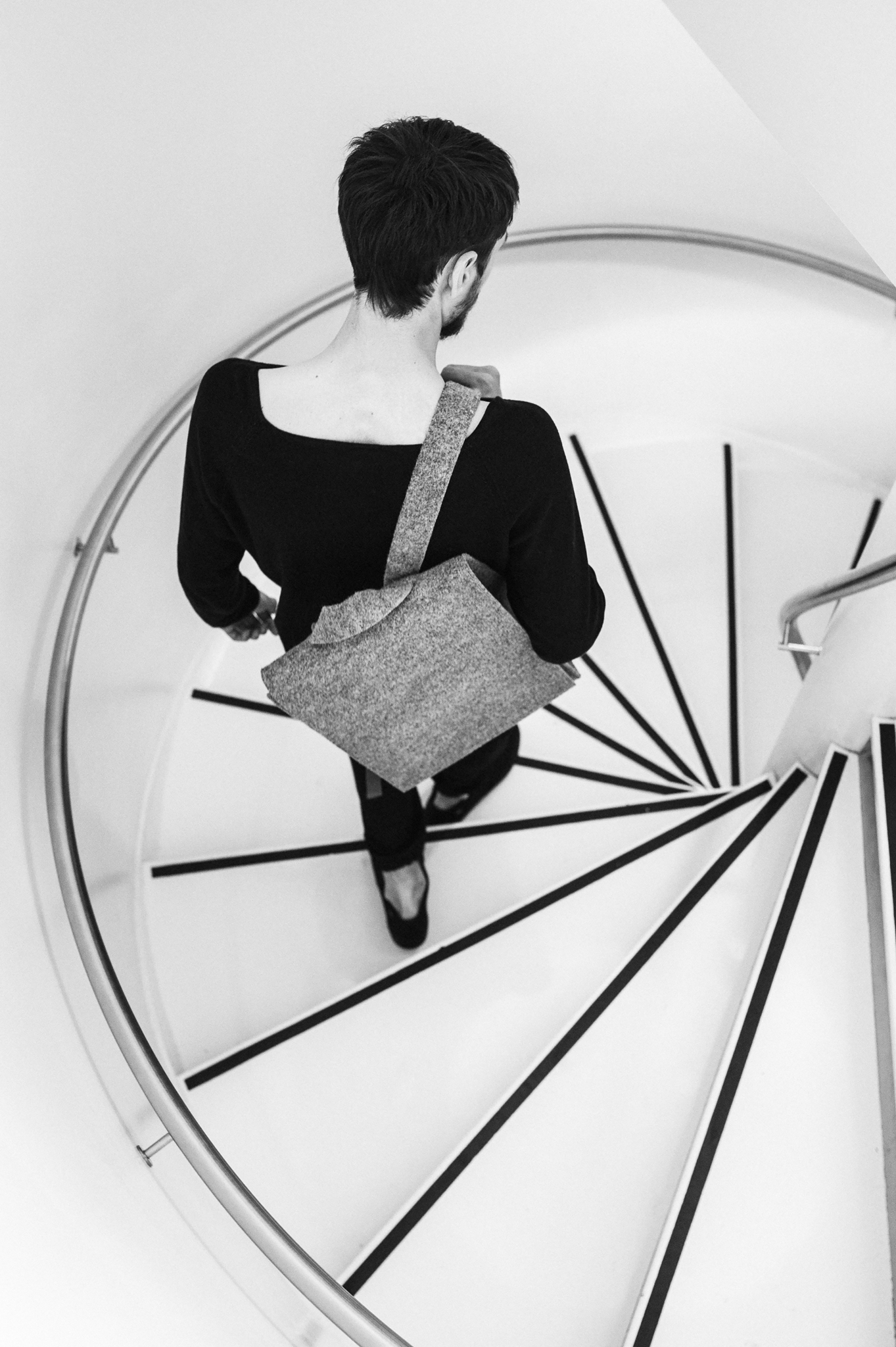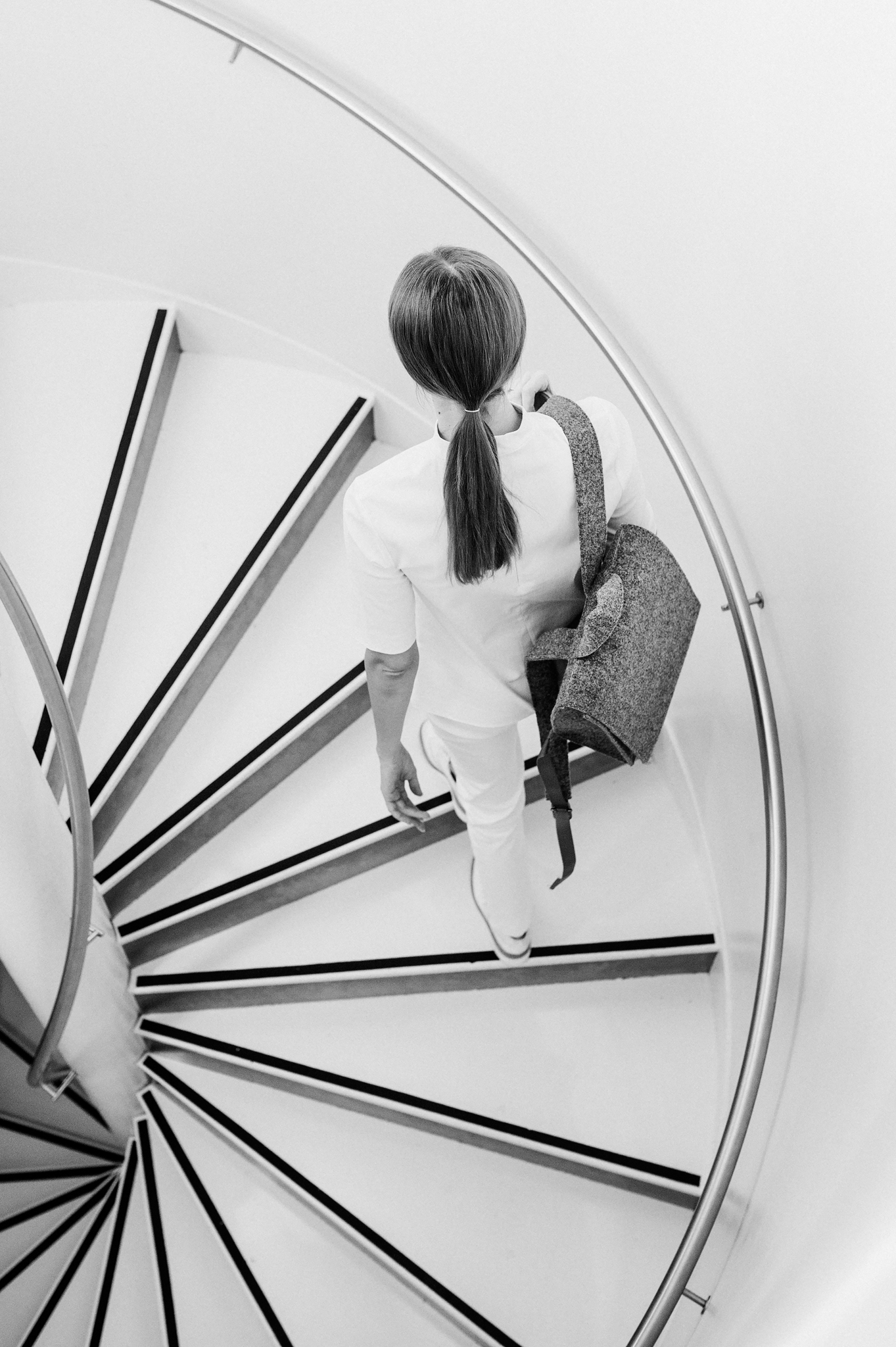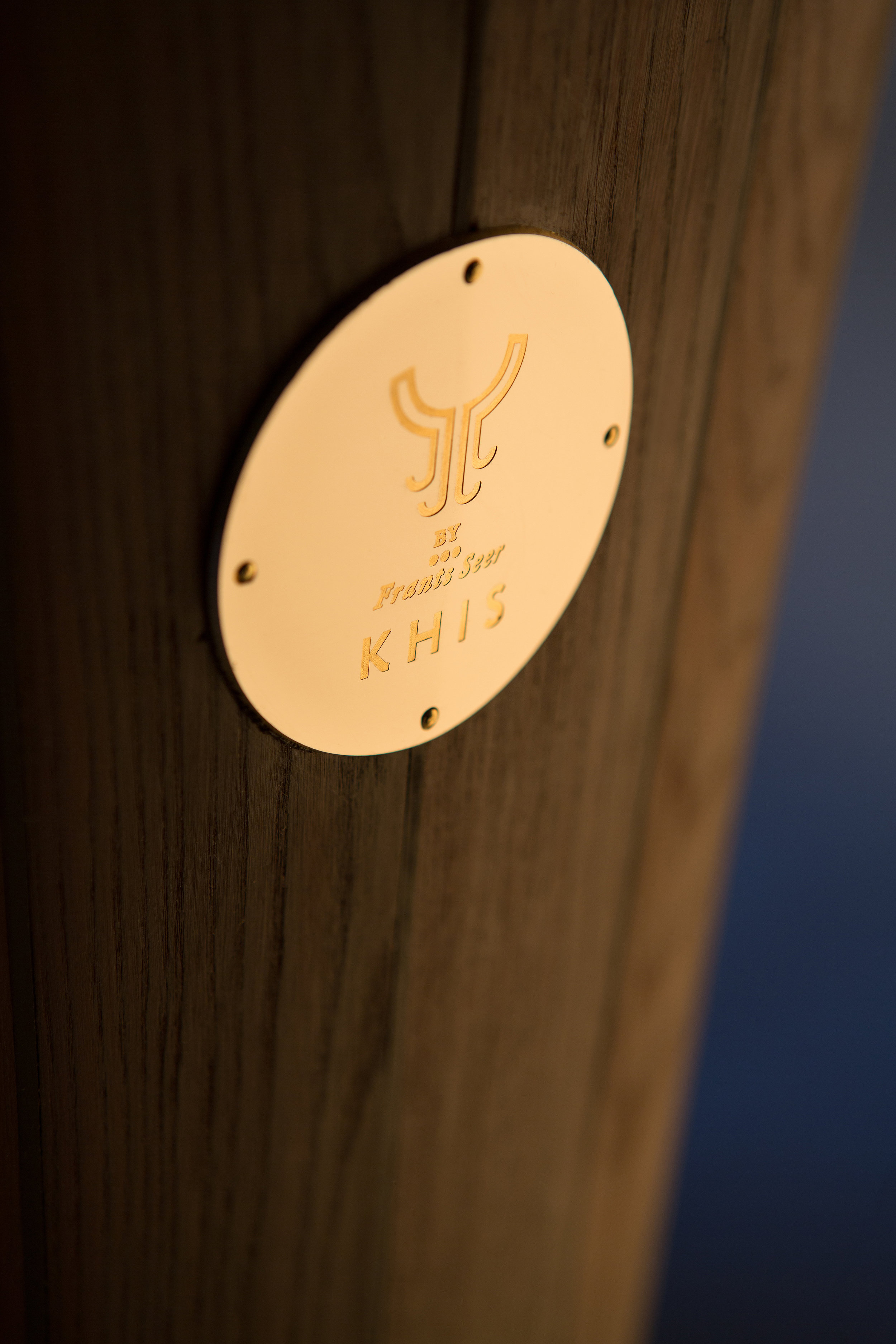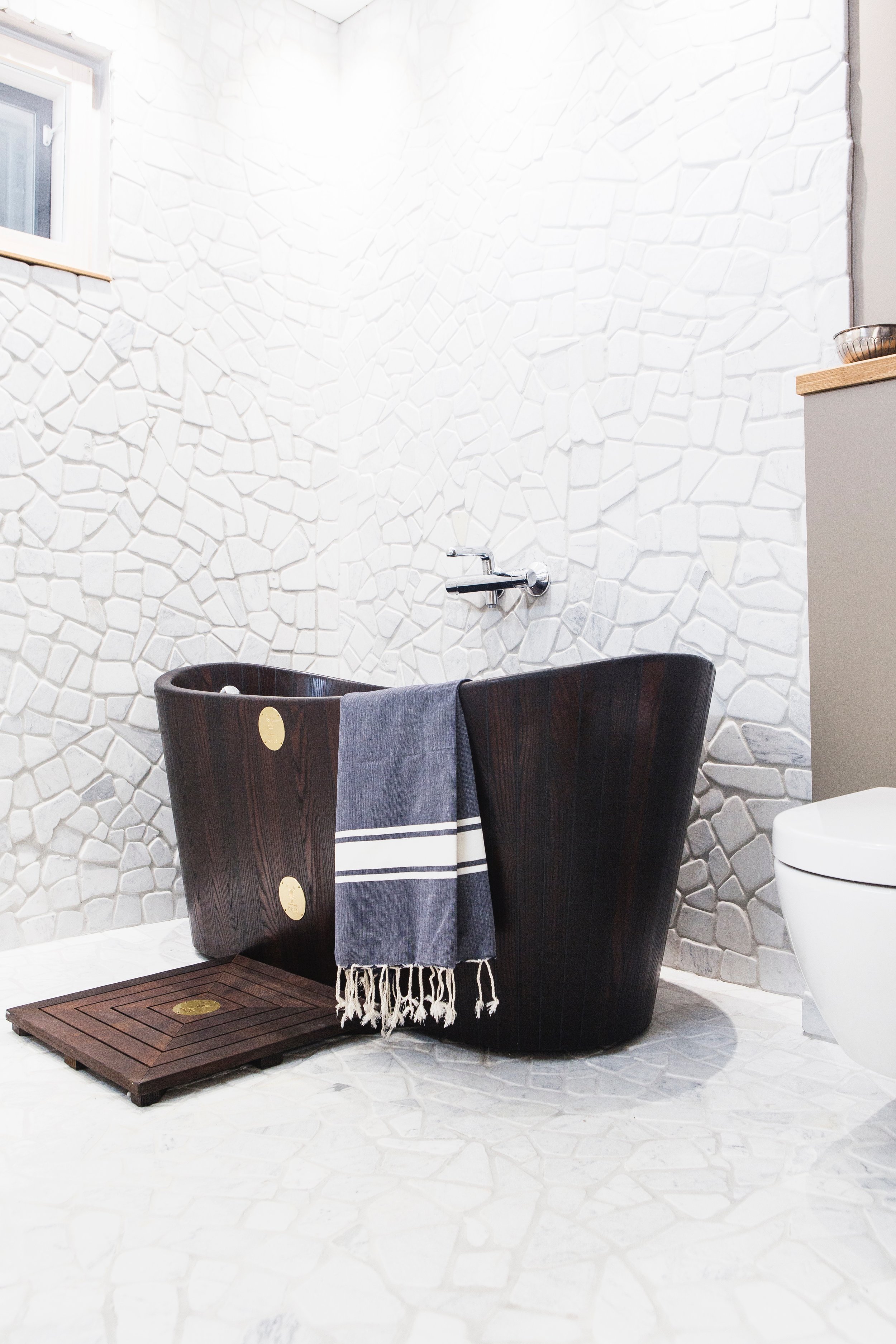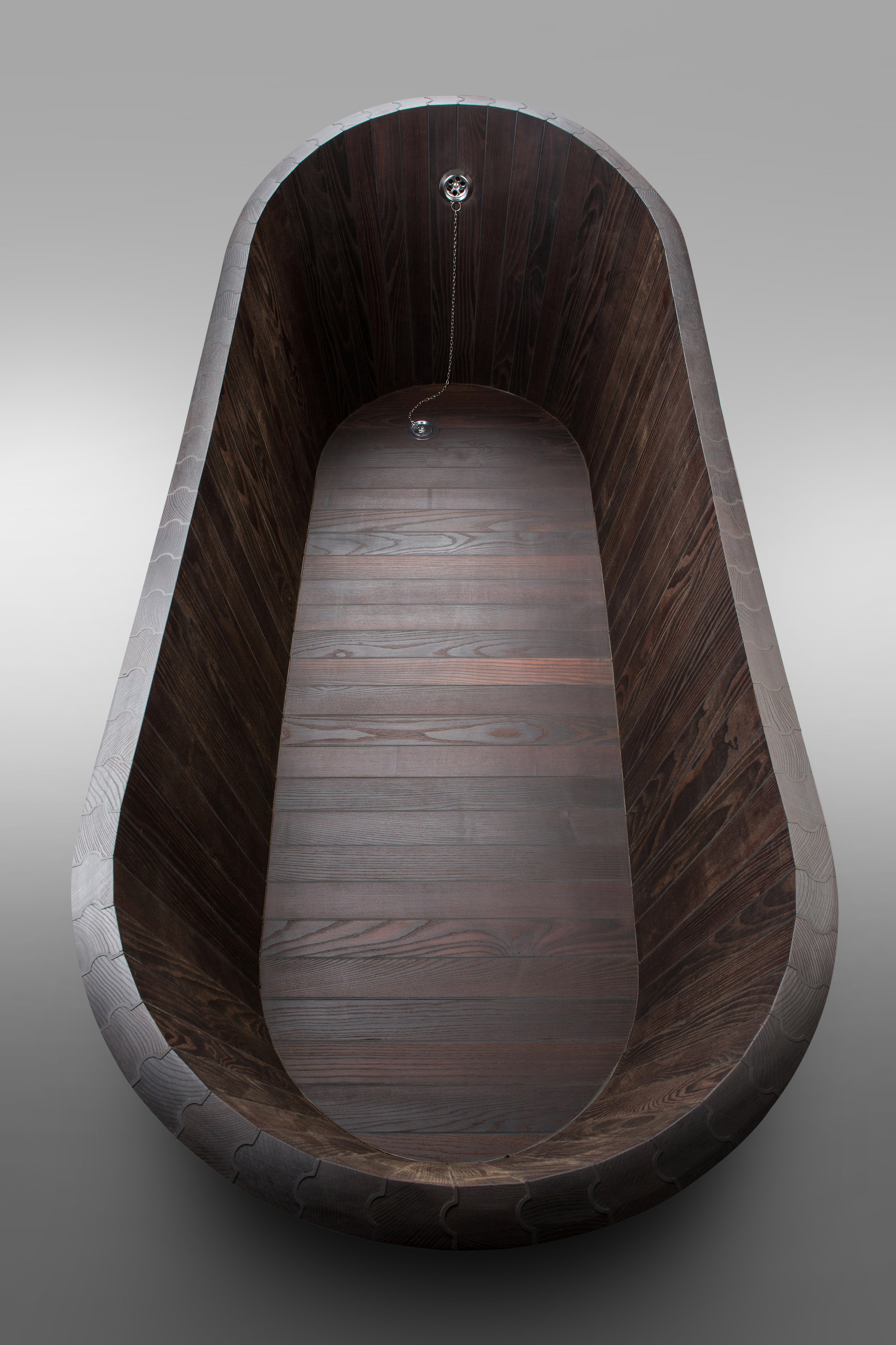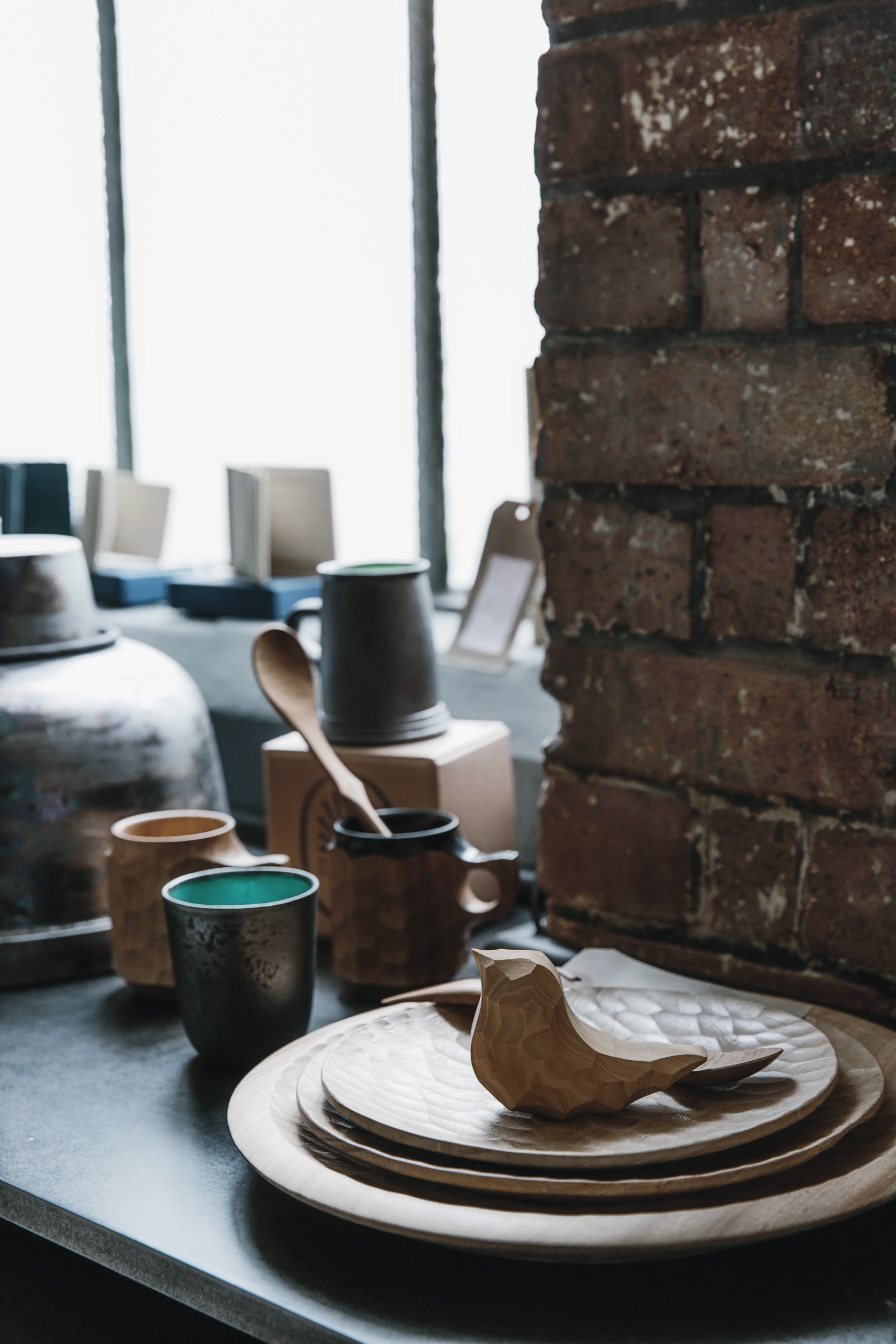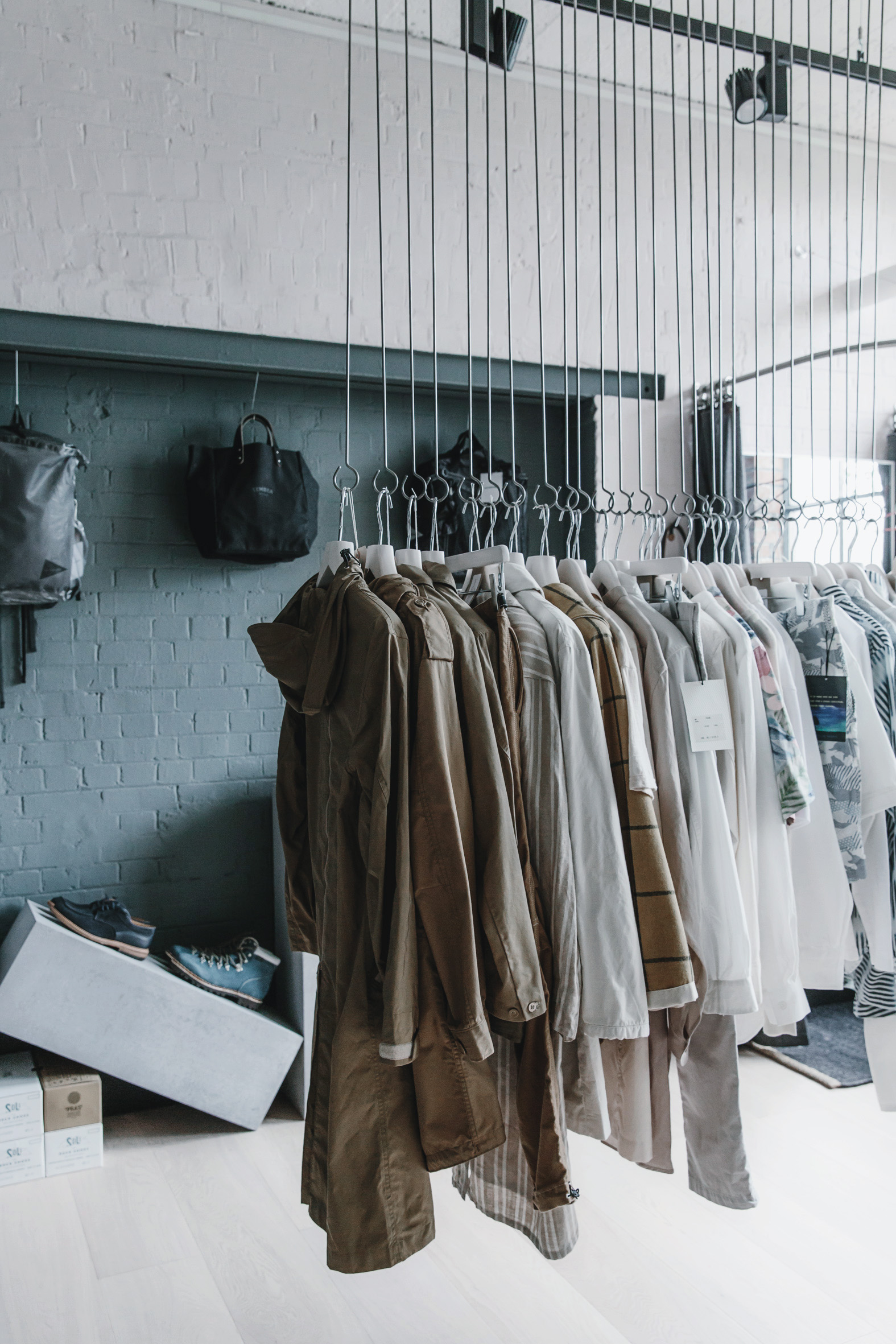B·COME is an ethical fashion studio and sustainable supplier agency located in Barcelona. We believe that sustainable fashion and green design is the future. We build strong professional relationships between suppliers, artisans, and brands. Our aim is to endeavor for ALL us to be the protagonist of the change. Our main job implies to discover. Discovering and travelling is, without a doubt, what we truly love.
- Alba Garcia and Anna Cañadell, B·COME Studio
How did you discover Treasury rugs? Describe your journey to India and discovering the rugs.
India is almost like our second home. Every two months we land into this wonderful destination filled with culture, colours and emotional sensations. Chance and luck often accompany us on our trips. During one of our trips, precisely, was where we found these treasures in the form of rugs. We were exploring the enchanting corners of Jaipur and we spontaneously decided to visit one of our supplier whom we had encountered at a fair in Delhi. Our first sensation when we saw the rugs was an instant crush, we felt "in love”. The harmony between the colour the detailed technique of each rug caught our attention. It was then when B ·COME´s first more personal project “A by B ·COME” was born.
What makes them unique?
The rugs are authentic and unique, as they are made by hand by passionate and loving artisans. Each rug has its own story and uniqueness to it. The subtlety of colors and the energy of the piece, reciting the country it comes from, is just fascinating. They aren't simply objects of home decor, but treasures from India that you could keep forever and, only by looking at them, instantly feel the energy of the country.
"They aren't simply objects of home decor, but treasures from India that you could keep forever and, only by looking at them, instantly feel the energy of the country."
What are the main techniques used and what puts an artisanal quality stamp on it?
"A by B· COME " rugs are made by a traditional Indian technique known as block print. It is the earliest and slowest process of textile printing due to its detailed designs, which are often impossible to recreate with other printing methods. Yet, it remains one of the most vivid techniques in India today.
Originally from Rajasthan, India, the method consists of creating their own carved wood designs that are later covered with colour and printed onto fabrics and paper by hand. The result is an imperfect art endowed with intention, emotion, and virtue. Each piece of block-printed fabric reflects the rich history of an ancient tradition, as well as the unique style of the artisans who made it.
"Each piece of block-printed fabric reflects the rich history of an ancient tradition, as well as the unique style of the artisans who made it."
Why is the heritage of traditional skills, like block print, important? Why we should help to preserve and cherish these skills and traditions deriving from India?
For B ·COME, quality and design are as important as the way things are made. Our main objective is to strive and empower all to become protagonists of change. We admire the work of artisans all around the world.
Even though technology has opened a wide door to opportunities to create new solutions and facilitate the production process, we are captivated by the life and work of artisans. Their imperfect artisanal products that have a whole story behind surprise ourselves every time we travel. We are excited to get to know about unique textile techniques, especially when those techniques have a whole history behind, such as block print.
When you see HOW and WHY in the first person, you understand and respect craftsmanship as an art. You create a close relationship with the people who have made it, and when they so passionately explain how things are done, you cannot help yourself to fall in love.
What are the main themes and stories running through the artisanal, handcrafted rug line?
For us, the thread is driver of colour, the sensitivity in the use of it. There are styles for all, but all of the rugs breathe serenity, subtlety, and stillness.
Our short story of “A by B ·COME “. From the small corners of India, our treasury rugs learn to fly through the deep blue sea. Lola, their flying lecturer is a world-traveller seeking to find beauty in artisanal objects around the planet. The treasury rugs love her, they want to embrace her and never leave her. Nevertheless, they know they have to undertake a trip in order to accomplish their mission. Along their journey, the rugs were amazed by the wonders of the universe, they observed unknown destinations and fulfilled themselves with experiences.
Behind each rug is a hidden story full of extraordinary moments. From the way they were brought to life, to their flying experience, as of course they had to rest in order to recover and arrive to their destination. They are seeking to find themselves a place where they can feel as home and offer their love as they did with Lola. But from time to time, you must let her fly!
"Our main objective is to strive and empower all to become protagonists of change."
What spaces could benefit from having a Treasury rug? What are their place and meaning in the interior the way you imagine it?
We believe that the space is determined by the personality and taste of each individual. Each rug will attract a different person according to its character and taste. We believe that having a Treasury rug could benefit spaces where they go beyond being perceived as interior objects, but as pieces that can bring back memories, tradition and history.
We imagine the rugs in spaces with delicate lights, neutral or with color, kitchens, bathrooms, rooms, small and big, living rooms. We have different sizes for the rugs to adjust to everyone. The smallest one of 0,90 X 0,60m is a perfect measure to give a touch of color and personality to a room or a closet.
We also have a big size of 1,20 X 1,50m where we imagine wide spaces which help to create amplitude and contrasts. Finally, we have the large rugs of 3,00 x 2,00 meters that we imagine in large outer spaces and terraces.
We adore contrasts. Treasury rugs create story according to current events and serve as a product with ethical values that goes beyond pure aesthetics.
"We believe that having a treasury rug could benefit spaces where they go beyond being perceived as interior objects, but as pieces that can bring back memories, tradition and history."
How do these rugs stand in line with B·Come's hard work so far advocating sustainability principles and transparency?
A by B·COME is completely aligned with B·COME´s philosophy. Since the moment we saw them, we understood and lived the art of block print in first person, namely, the conditions of the workers and the products used to make this art happen. The Treasury rugs are made with a noble cotton base, the color dye used is toxic free, and the technique is performed only in solar time, in fact, this technique is conditioned by atmospheric conditions.
Tell us a good reason, what makes an artisanal rug worth having in the first place?
As mentioned previously, block print is more than a technique, it's an art. We believe that having Treasury rugs for our project A by B ·COME is more than having an interior design object, but a story to complement your house, studio, your life.
Our mission is to transmit the essence of the country through treasures from India. In this case, the rugs become a piece of art or a memory, in which you know that every time you would look at it will remind you of the beautiful and fruitful county India is. We have selected different designs and patterns to allow people to choose according to their taste, personality and energy.
How can we get hold of one of your selected rugs?
For the moment, we are still looking and studying the best method to allow every person in the world to have access to our treasury rugs. For now, the orders can be directly done via mail to info@bcomestudio.com at B·COME.
We are in the process of selecting unique concept stores, who have a similar philosophy as B·COME.
We would love to mention Rita Puig Serra, a young and aspiring photographer based in Barcelona. As without her, her eye and camera we could not bring the essence and image of A by B·COME to live.


